Many new telescope packages come with a basic eyepiece or two, good enough to help you get started with the hobby and familiarise yourself with your equipment.
Plenty of experienced astronomers will hold fond memories of their first view of Jupiter or Saturn through these starter eyepieces.
But it doesn’t take long until you start wondering… how much better would the view be through a different lens?
For more info, read our guide to telescope eyepieces
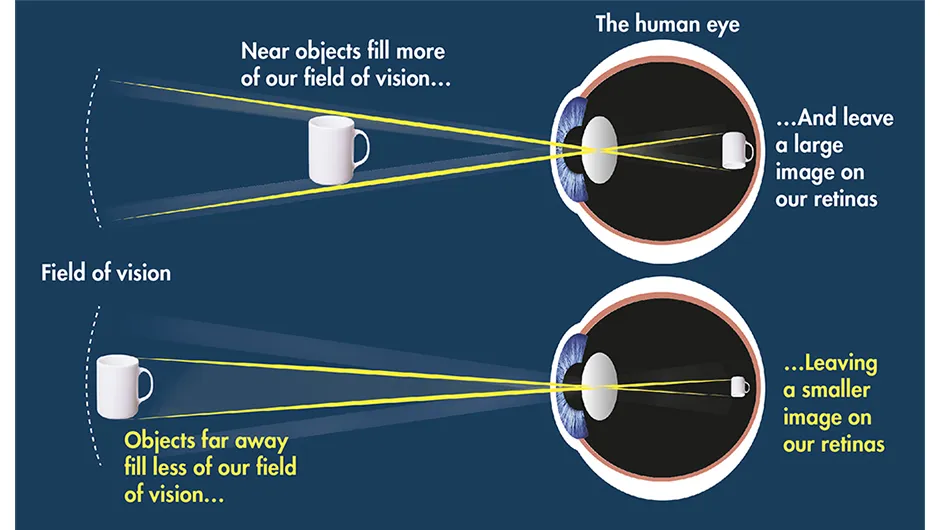
It’s fair to say, though, that the choices of eyepiece on offer can be bewildering.
Especially given the nomenclature: you might hear of eyepieces called Plössls, orthoscopics, radians and Naglers, or even Kellners and Erfles.
And you can find each costing anywhere between £25 to an eye-watering £1,000 plus – which is perhaps more than the telescope itself!
However, if you can decipher all these terms, you should be able to build a well-chosen selection of four or five eyepieces that will provide high-quality views of everything the night sky has to offer for many years to come.
In this guide, we'll show you how.
Types of eyepiece explained
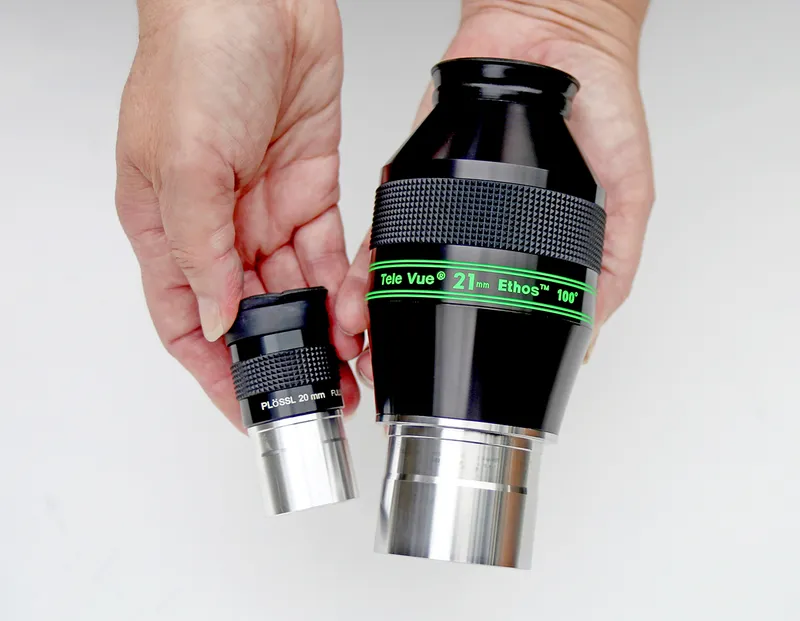
Field of view
There are a great many types of eyepiece on offer, but essentially, the difference between them is the apparent field of view.
This is measured in degrees as seen by the observer.
The human eye can see around 180° in the horizontal plane, and so the closer to this an eyepiece gets, the more immersive your viewing experience will be.
Generally, the wider the view on offer, the more complicated the eyepiece’s design and the higher the price.
At the narrower end of the scale, orthoscopic and Plössl designs offer around 40° and 50° views respectively, and are popular for smaller targets, such as planets, lunar craters and double stars.
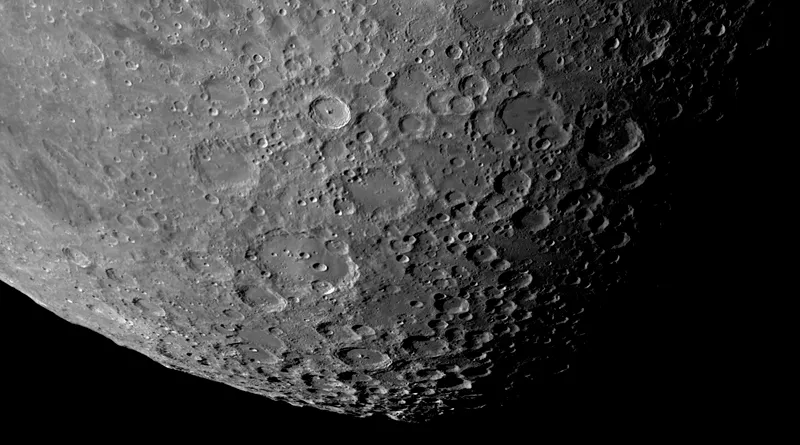
As a middle-of-the-road option, there are a good variety of lenses available between 62° and 82°, such as those on offer in the Pentax XW and Baader Morpheus ranges, which can provide very comfortable wider views.
The premium end of the market is occupied by the ultra-wide eyepieces from Explore Scientific and Tele Vue, offering absorbing 100–120° views through complicated, heavy lenses.
These can really draw you into the scene with breathtaking visuals, but at considerable cost. Wide-view eyepieces are especially useful when observing extended nebulae, large galaxies and open star clusters.
Focal length

Another factor you’ll need to consider is focal length, sometimes described as the eyepiece’s ‘power’.
This determines the magnification you’ll see, which means a 10mm 40° eyepiece will offer the same magnification as a 10mm 100° eyepiece.
You should always be able to find the focal length of an eyepiece written on its side, in millimetres.
As a quick guide: the lower the focal length, the higher the magnification.
While the preferred field of view can be a matter of personal taste, your telescope will have a much bigger say in which focal lengths are suitable.
There’s no point trying to force huge magnifications from telescopes that can’t support them.
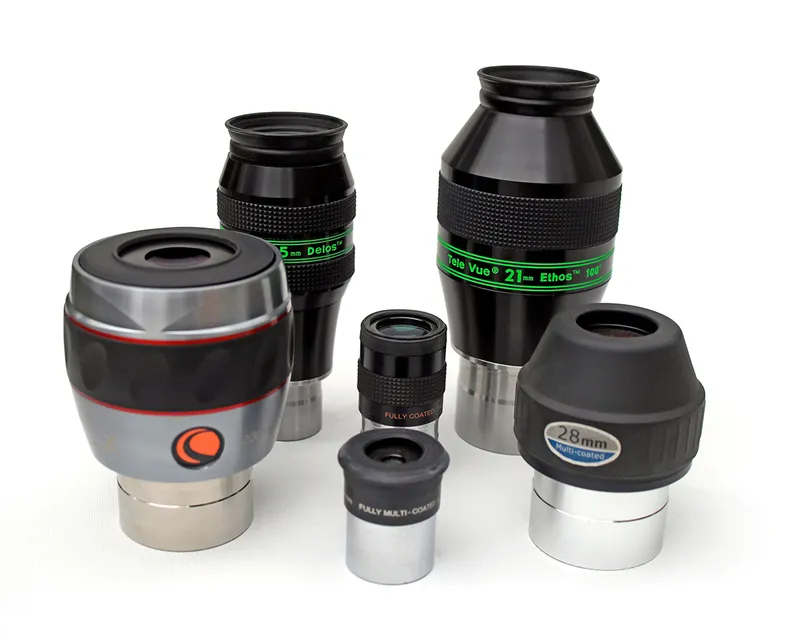
In theory, the aperture of a telescope, measured in millimetres, can be doubled to give you a maximum magnification.
For example, a 100mm-aperture telescope can be taken up to a magnification of 200x, and a 200mm up to 400x.
In practice, the maximum usable magnification is limited by Earth’s turbulent atmosphere.
Even on the very best nights of good seeing, 250x is about as high as you’ll go for most observing, no matter the telescope size.
When building your collection, it’s sensible to start with a range of usable magnifications, realistically between 40x and 180x.
Quantity or quality?
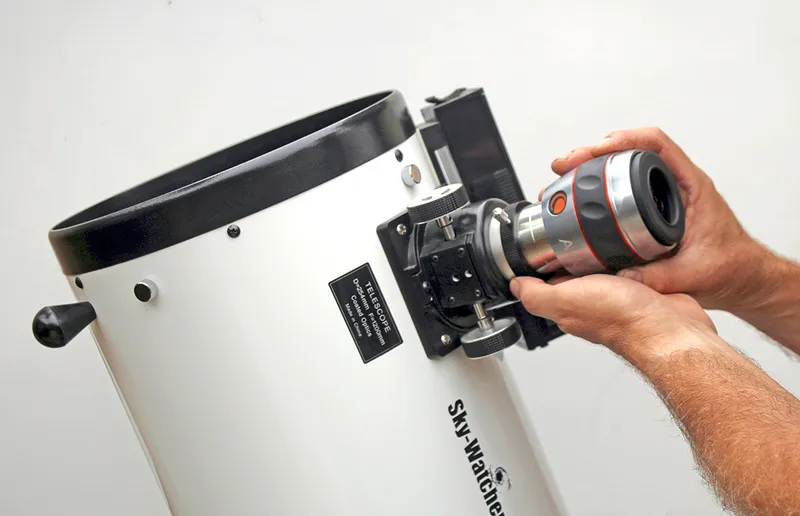
Experienced observers will likely state that they would rather have one or two good-quality eyepieces than a case full of inferior ones.
Often a favourite lens comes to the fore, becoming the go-to tool for most observation. But it does not necessarily follow that the most expensive unit is the preferred one.
Seemingly little things can make all the difference. Here are some of the things to look out for when choosing an eyepiece.
Build and coating
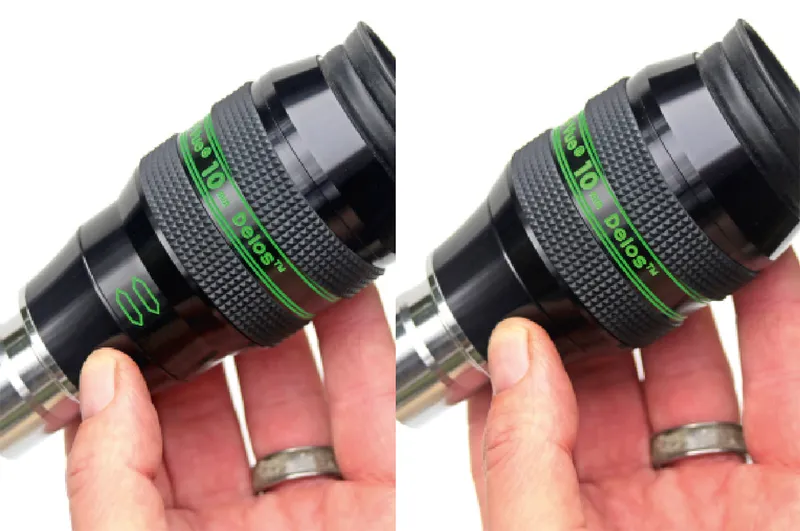
Better eyepieces will be described as fully multi-coated, referring to the non-reflective coatings applied to the lenses.
These coatings improve the contrast of your view by reducing reflections within the eyepiece.
Consider the actual build of the eyepiece. How does it feel in your hands?
Does it have a rubberised element on the body to help with grip?
As they will be used with cold hands in the pitch black, you’ll want an eyepiece that’s not too slippery or easy to drop.
Do the end caps fit well and stay on?
Are the rubber eye-guards soft and comfortable? Are they replaceable?
If your telescope focuser supports the use of 2-inch eyepieces, you will find that they offer a better, more user-friendly view at longer focal lengths.
They cost more, but you should find it’s soon offset by more enjoyable hours using them.
Eye relief
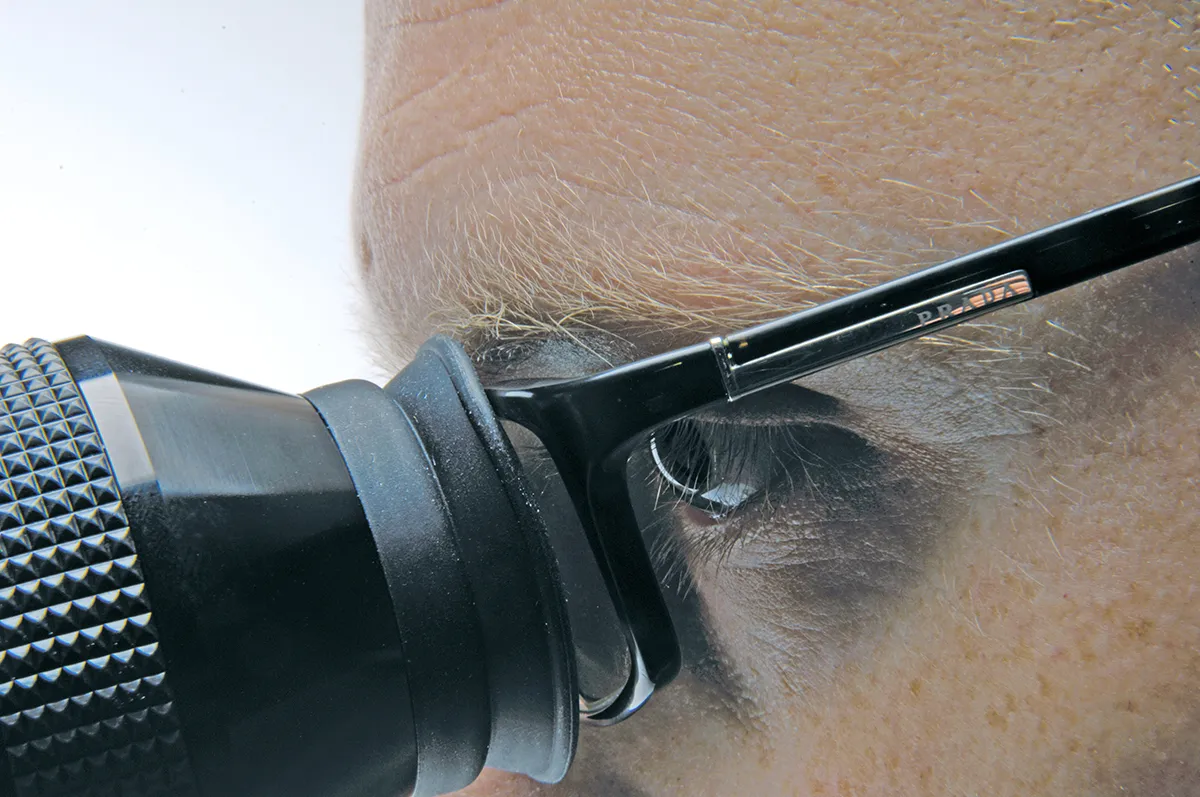
Another factor that determines the comfort of your viewing experience can be the eye relief a given eyepiece offers.
Eye relief describes the distance from the rear of the lens to the point that presents the maximum image circle – basically, how close you have to get your eye to the eyepiece.
This can be a quite individual element of observing.
Even when figures are quoted for eye relief, it is more practical to actually use an eyepiece to discover whether or not it will be agreeable to observe with for an extended time.
When purchasing, it can be prudent to check the returns policy of the retailer.
Glasses wearers in particular will find eye relief an important factor.
Short- and long-sighted astronomers can usually adjust for their eyesight with focusing, avoiding the need to wear glasses when observing.
However, those with astigmatism will need to wear their glasses, and so may find eyepieces with adjustable-length barrels and longer eye relief are more comfortable.
It is also possible to purchase special lenses for Tele Vue eyepieces that adjust for astigmatism and remove the need for glasses.
In that case, seeking the advice of a knowledgeable dealer is recommended.
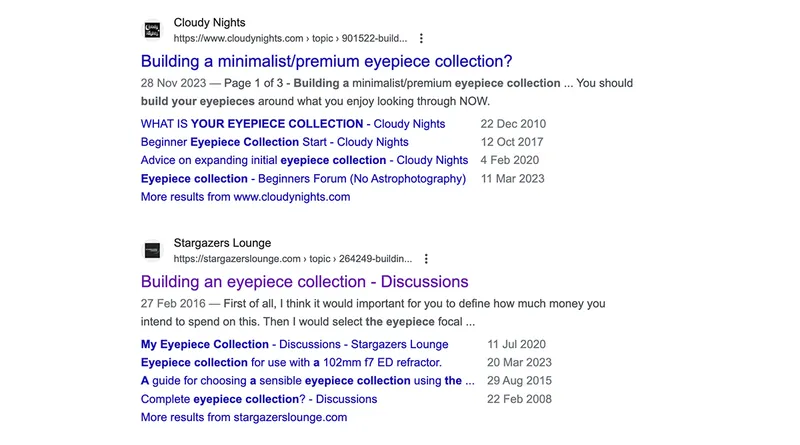
Seek advice online
Search online and look on popular astronomy forums to get real advice from fellow astronomers.
Social media provides a wealth of experienced opinions that can prove helpful when choosing a new eyepiece, or deciding which one to save for.
Astronomy forums can be a great source of advice too. Try asking: “My telescope is an XYZ model. If you could choose one eyepiece for it, which would it be?”.
Hearing real-world recommendations from existing users can be invaluable, especially when they can recommend a budget eyepiece with solid performance or explain the reasons they feel it’s worth investing in the high-end examples with the hefty price tags.
Zoom eyepieces explained
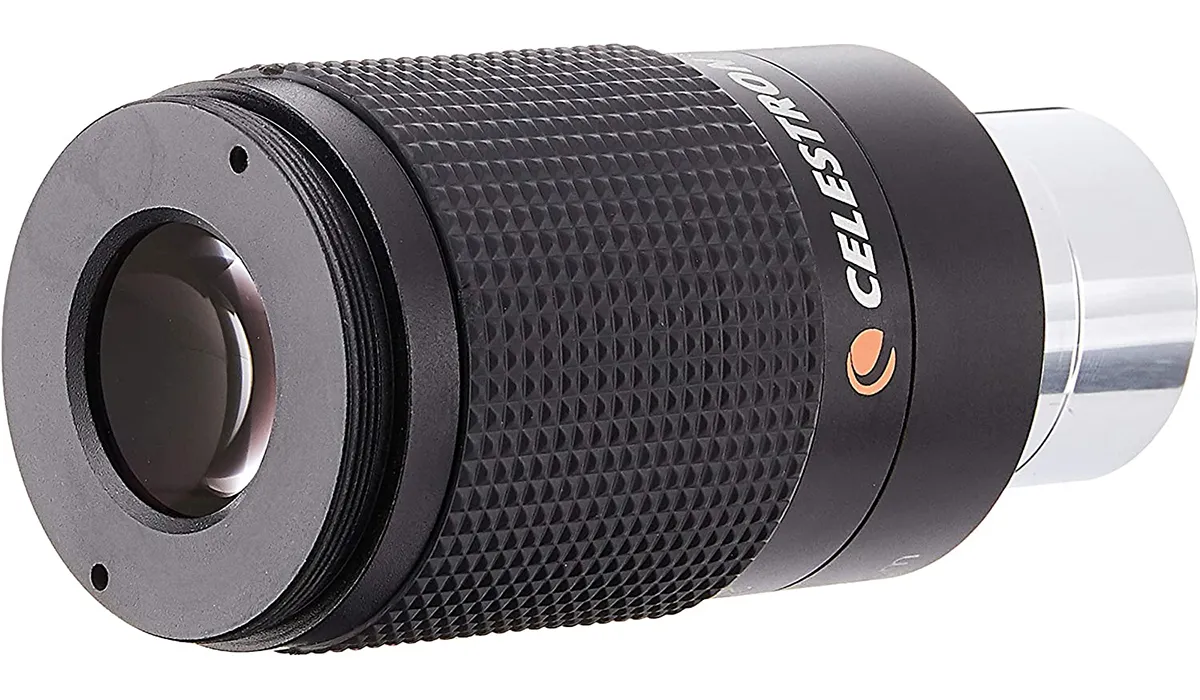
Zoom eyepieces can be twisted to adjust their focal length, offering a range of magnifications from just the one ocular.
If they could offer great views, then a zoom eyepiece would be all that was needed.
But unfortunately, this isn’t the case – the ability to quickly switch between magnifications leads to optical compromises.
A dedicated eyepiece will almost always provide a better view at comparable focal lengths.
Zoom oculars can be useful when starting out, to help decide optimal magnifications with your telescope, or perhaps in a shared viewing session if you don’t want to keep switching eyepieces.
In general, though, once you build your collection, a zoom lens tends to get less and less sky time.
Choosing your eyepieces
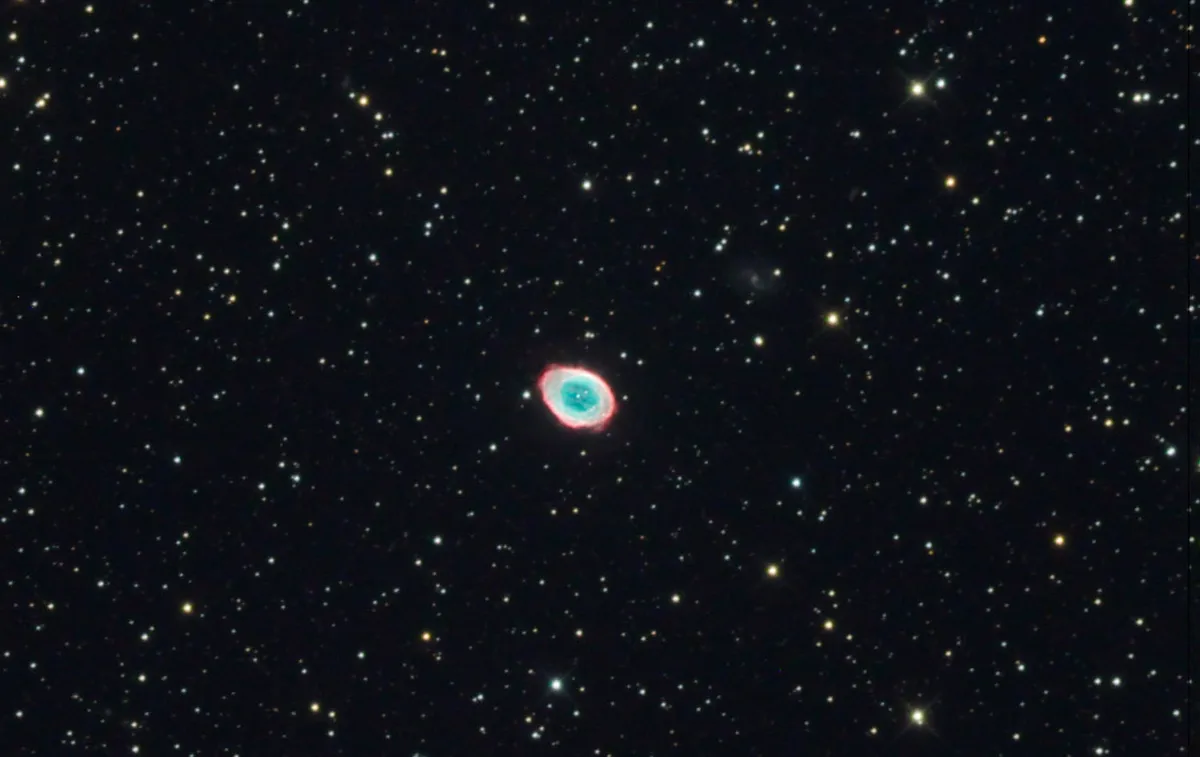
Many of us start out by observing the so-called ‘lollipops’ of our Solar System, bright, easy-to-find objects like the Moon, Saturn and Jupiter.
For the deep sky, it’s the brighter Messier Catalogue objects, such as M13, the globular cluster in Hercules, or M57, the enchanting Ring Nebula in Lyra that draw the most attention.
While you’re attempting to locate these objects, it can be useful to have a wider view.
Once pinpointed, you can swap to a higher power with more magnification to see more detail on the lunar surface or planets.
Meanwhile, these same eyepieces will make deep-sky objects like M57 stand out more at higher magnification because the background sky appears darker.
So as a minimum, two eyepieces would seem to be essential.
When new telescopes come bundled with eyepieces, they typically include two: a wider view lens in the region of 15–25mm focal length and a higher power one in the 5–10mm range for more magnified views.
It’s worth remembering that higher magnification doesn’t always mean better views.

Of course, some targets are quite large, such as the Double Cluster in Perseus, or the enormous Andromeda Galaxy.
A more pleasing view of these can be obtained from a wide view, and longer-focal-length lenses, perhaps 25–35mm, can really allow an enjoyable, low-magnification view that encompasses broader objects in full, or allows you to see smaller objects in the context of their surroundings.
With such a huge variety of deep-sky options, having a collection that covers the whole range but is biased towards the type of target you find most appealing, makes a lot of sense.
If you appreciate the odd star cluster but spend more time on Jupiter’s details, then leaning to shorter-focal-length oculars will allow you to get a close look at the details the best-view sky conditions allow.
Meanwhile, if hunting out distant galaxies is your thing, you will find that a range of lower-magnification wider views provide the sweet spot.
Barlow lenses explained
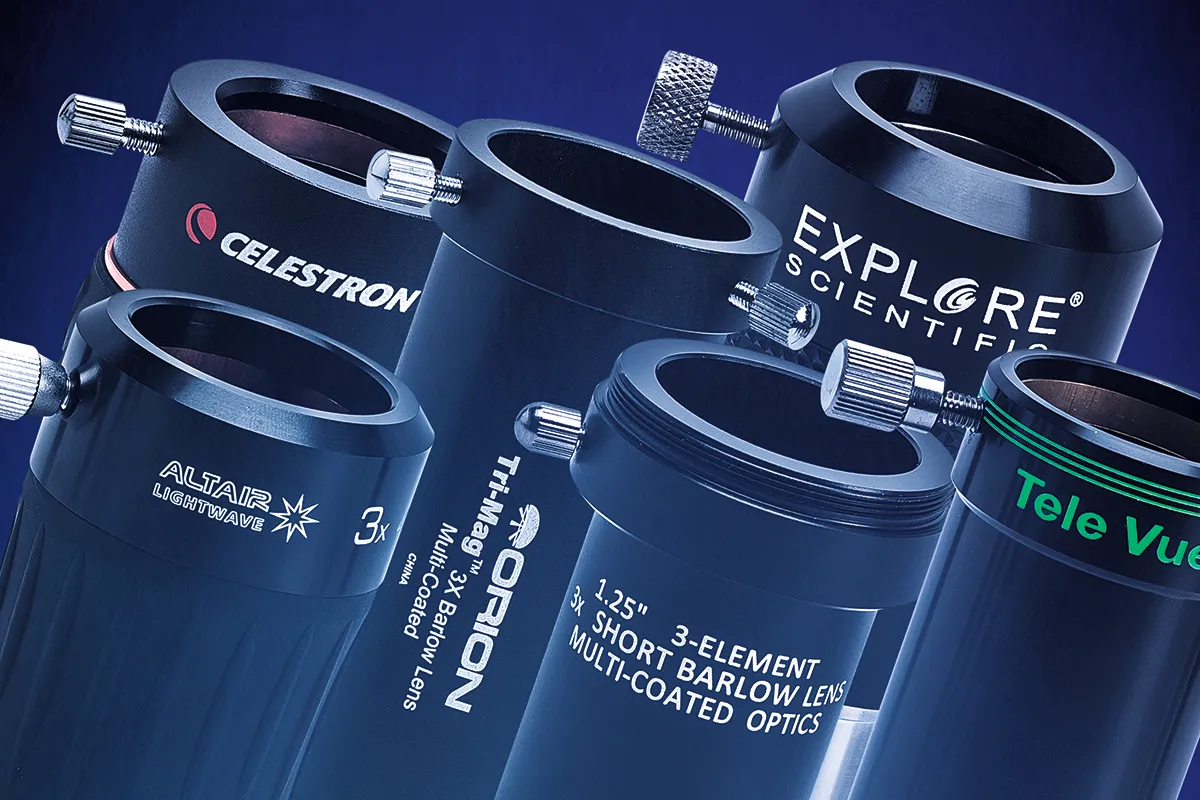
Barlow lenses are combined with an eyepiece to increase magnification by the factor indicated on the barrel.
Most common are 2x and 3x Barlows, and with a bit of thought they can effectively double your eyepiece collection.
Bear in mind, doubling the magnification means halving the focal length, so with a 2x Barlow lens in place a 30mm eyepiece acts like a 15mm, whereas a 3x Barlow would decrease it to 10mm.
Tools to help you select your eyepiece

To work out the magnification of an eyepiece you just divide the focal length of your telescope by the focal length of your eyepiece.
However, there are other useful figures to consider when determining how an eyepiece will perform, such as the field of view on offer.
Another factor is the size of what is known as the exit pupil, which in basic terms is the size of the disc of light emerging from the rear of your eyepieces.
To work this out, you’ll need the aperture of the objective lens of your telescope, which should be written on it, perhaps labelled as ‘D’.
Take this number and divide it by the magnification of your eyepiece.
For most observing, an exit pupil of 2–7mm is most comfortable as that roughly matches the pupil diameter of your own eye.
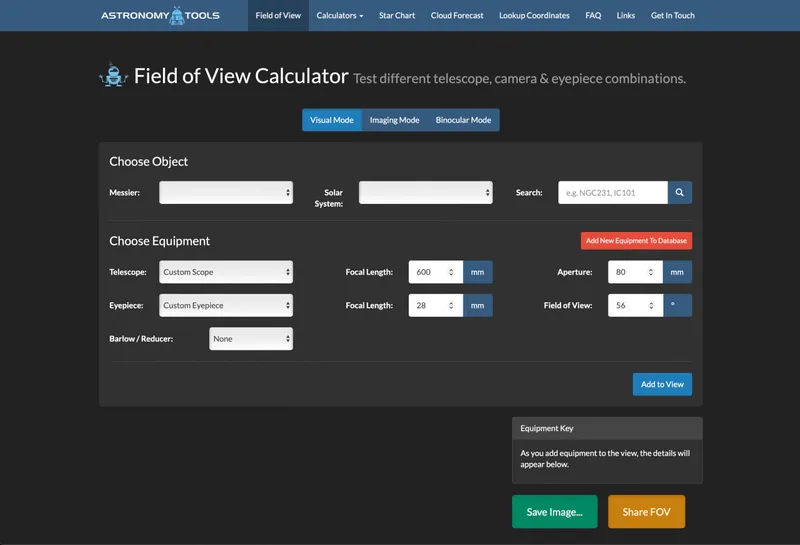
On nights of good seeing, you may be able to push boundaries even lower for observing smaller details on planets.
However, any eyepiece or Barlow combination presenting an exit pupil smaller than 0.5mm should be avoided.
Thankfully, there are online tools and calculators available which make it very easy to gather all the necessary figures and use them to compare eyepieces against each other.
You can find one at www.astronomy.tools, along with other useful, free astronomy tools.
Its field of view calculator has a visual representation of what you will see in any given eyepiece and telescope combination, and lists the magnification, effect of a Barlow, exit pupil size and so on.
Completing your eyepiece set

With all these elements taken into consideration – field of view, focal length, eye relief, exit pupil, barrel size, observing type and so on – an eyepiece collection becomes a very personal thing, tuned to your individual requirements, equipment and preferences.
However, there is always room for more options, and even though it can only be enjoyed during daylight hours, there is something deeply satisfying about matching sets of eyepieces, and even in matching the colour trim of the eyepiece to the telescope!
Whichever direction your tastes dictate, a well thought-out eyepiece assortment will keep you coming back to the telescope, and allow you to relish all the delights of the night sky.
This guide appeared in the December 2023 issue of BBC Sky at Night Magazine
